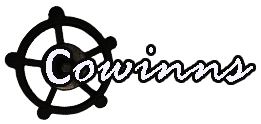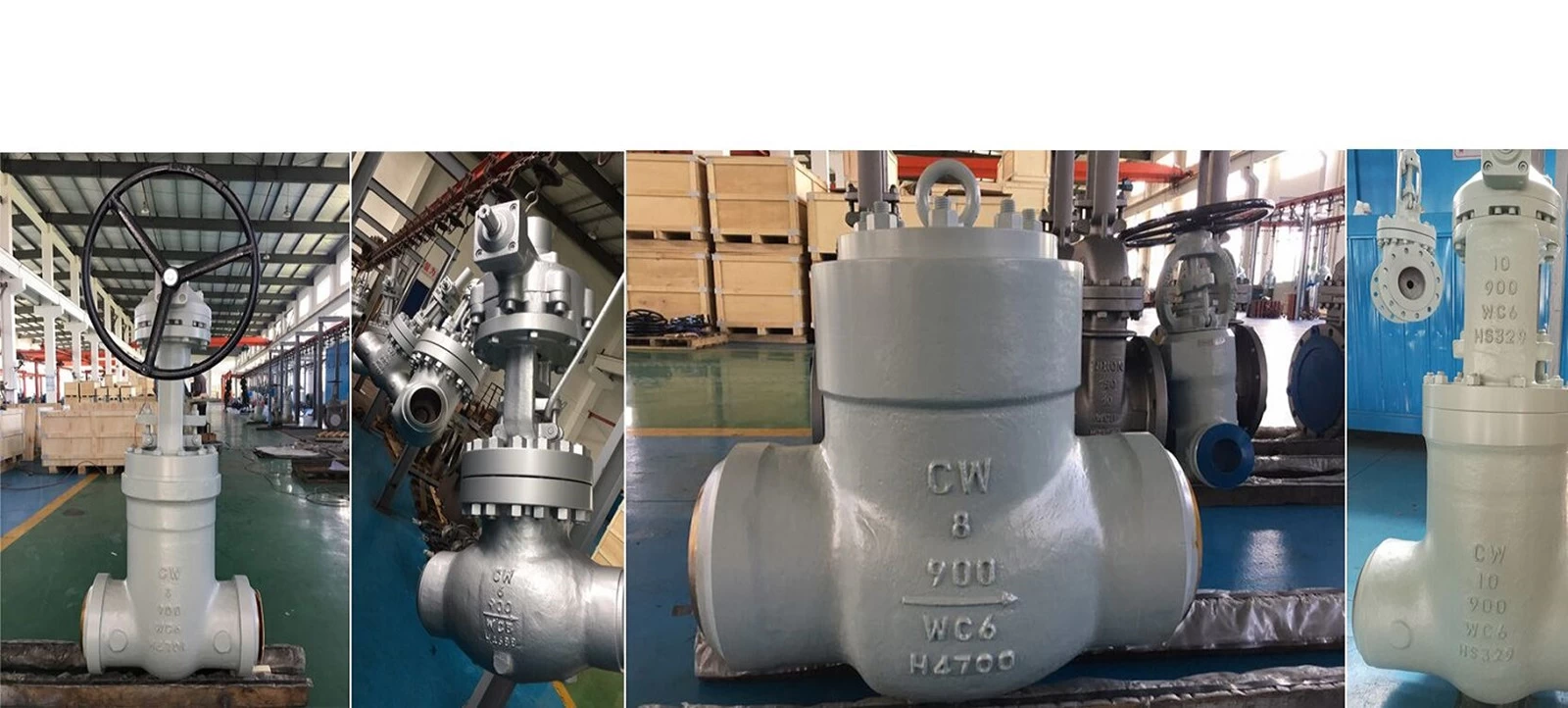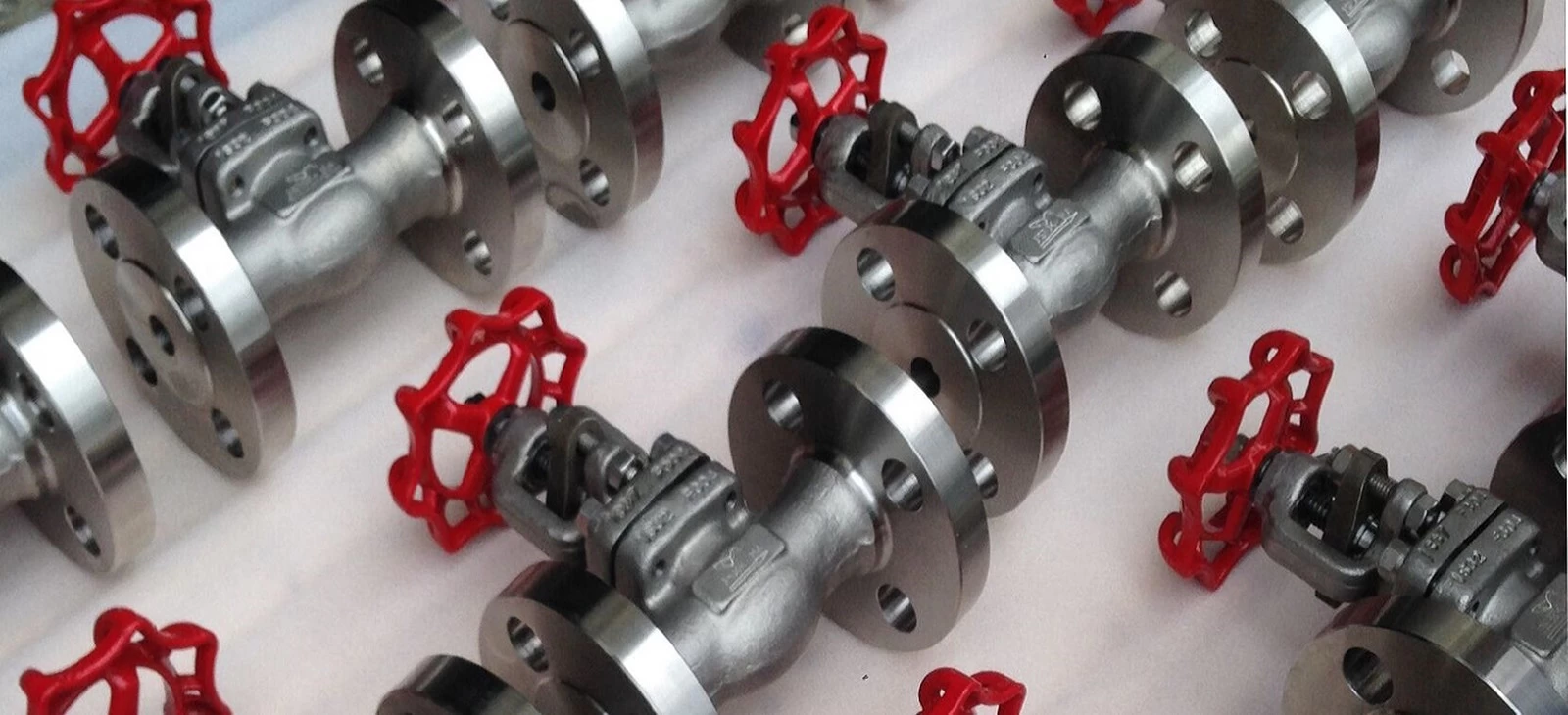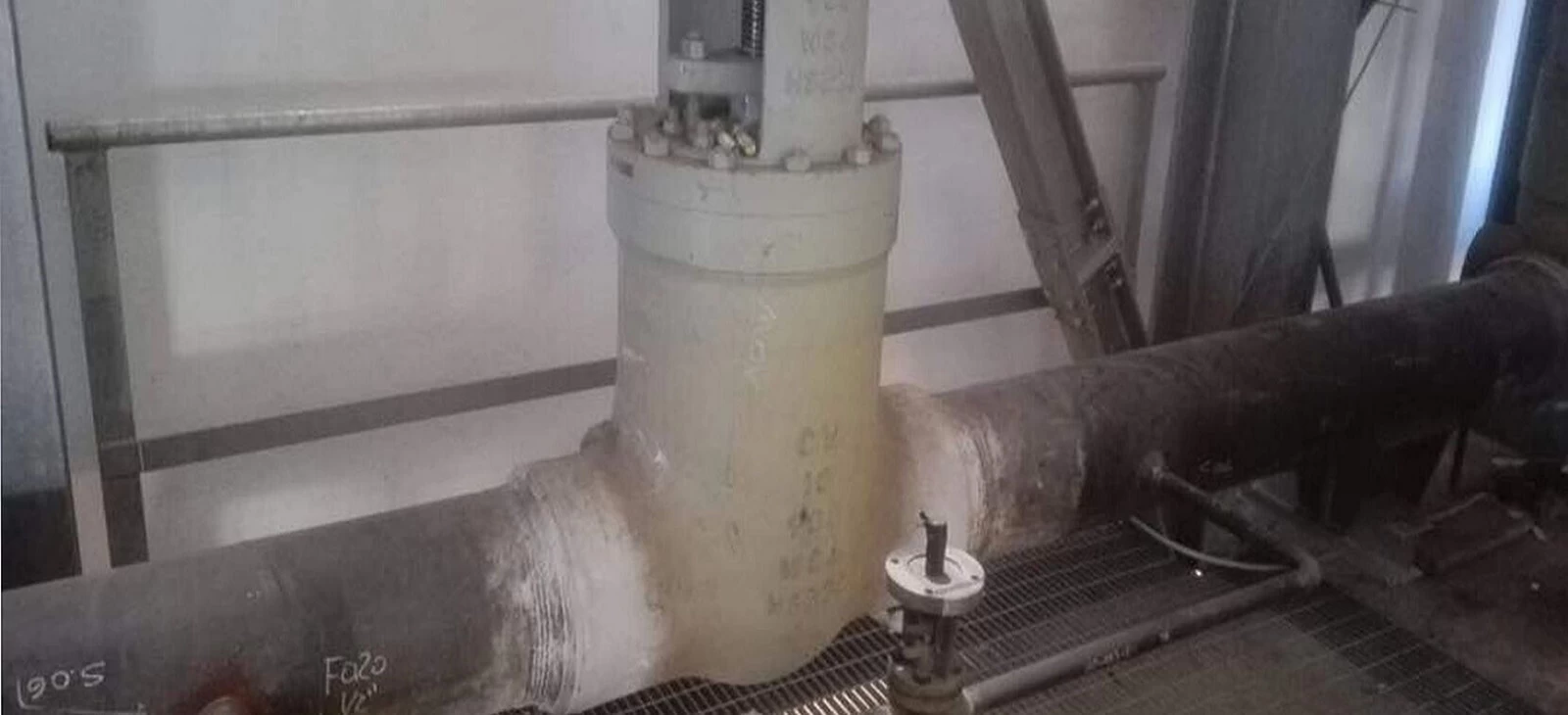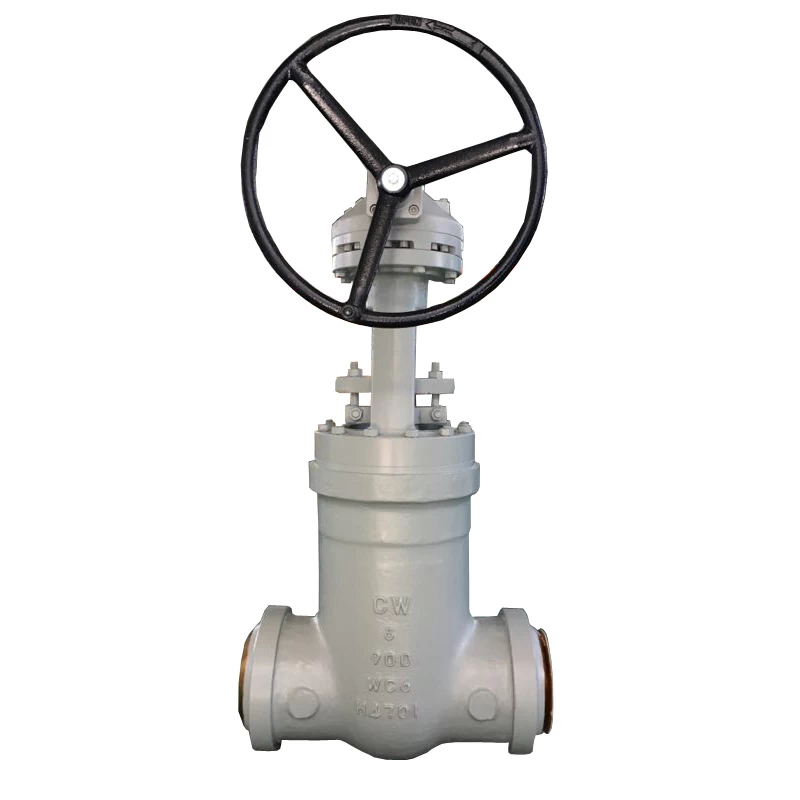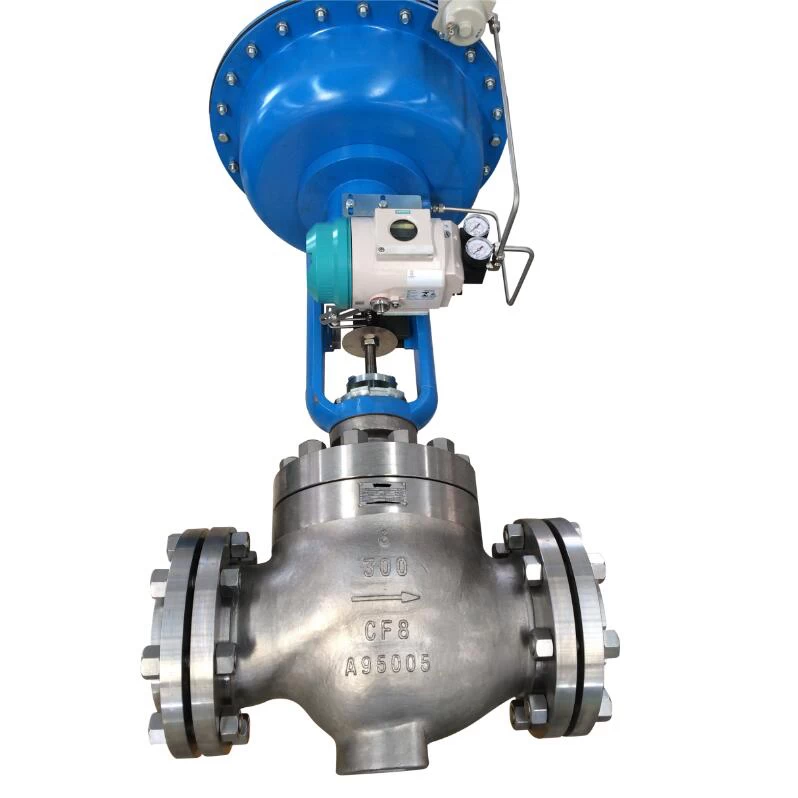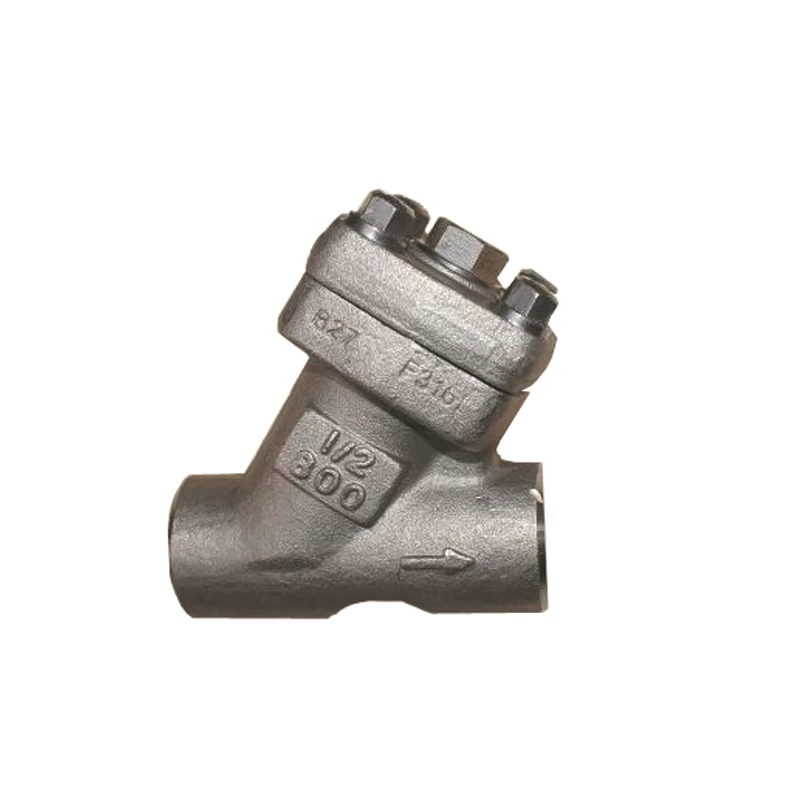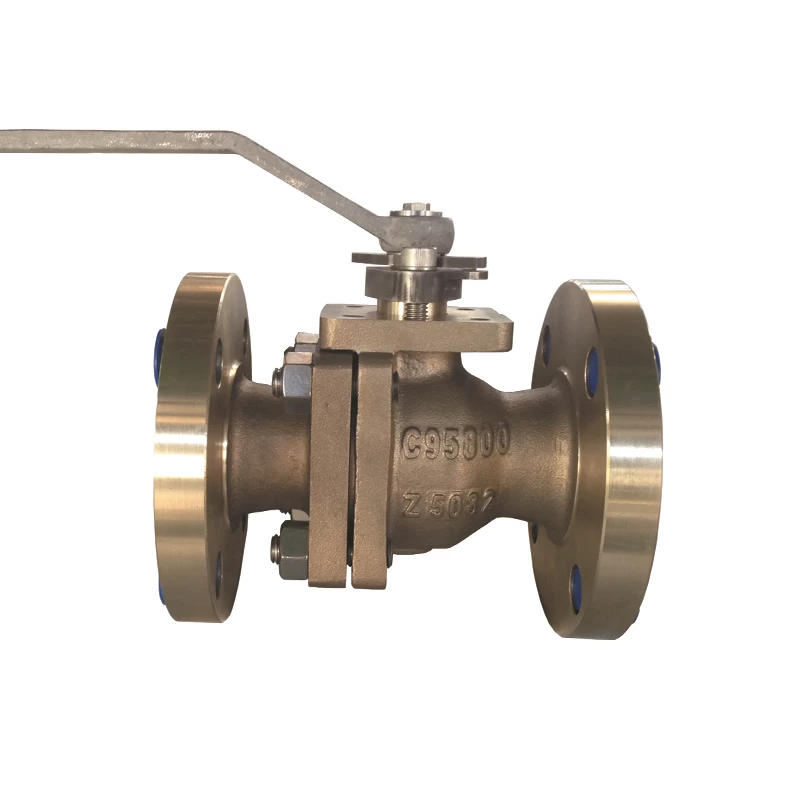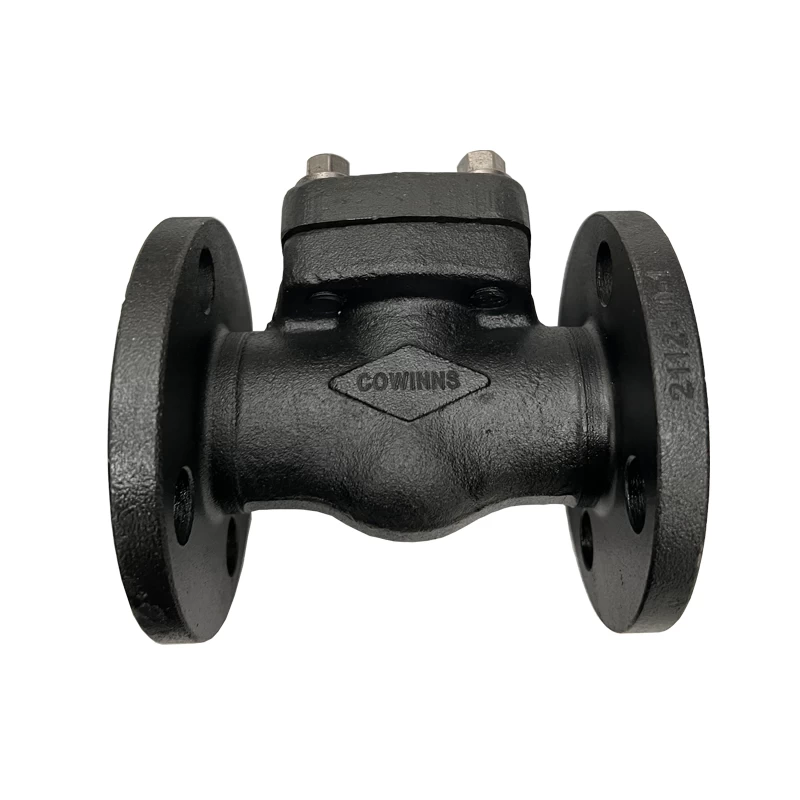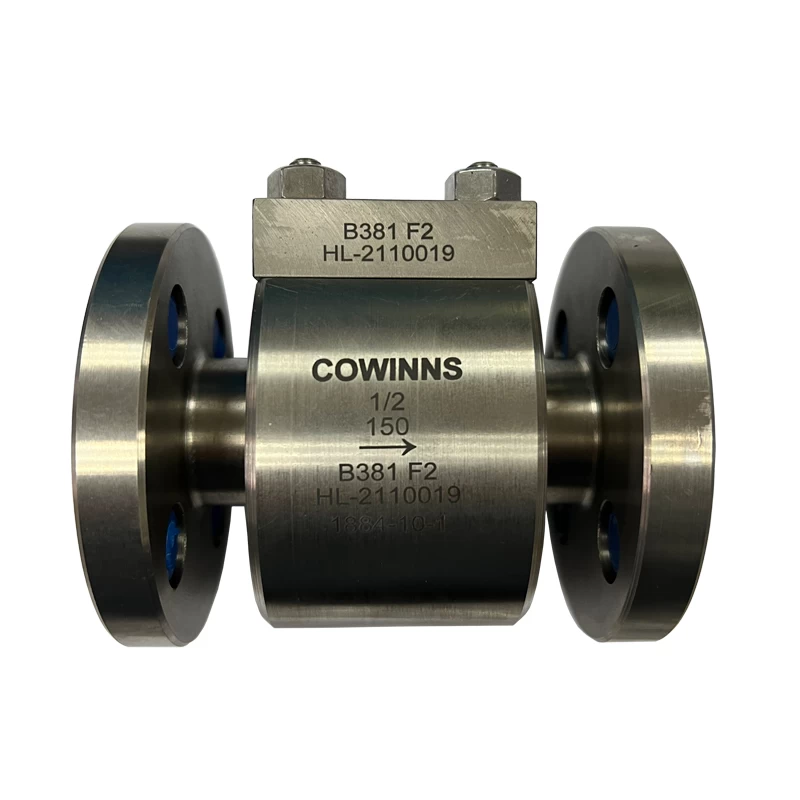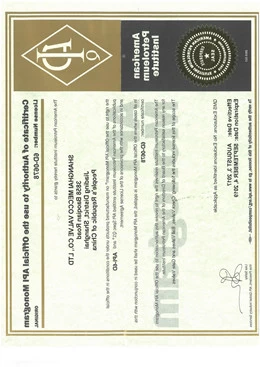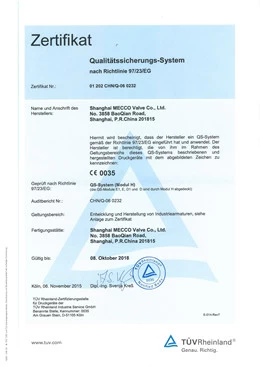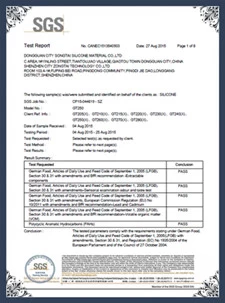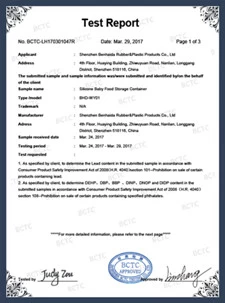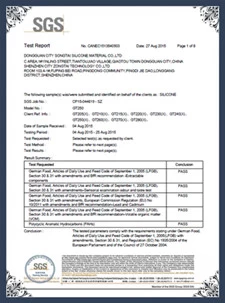20 Important Precautions for Valve Installation
20 Important Precautions for Valve Installation
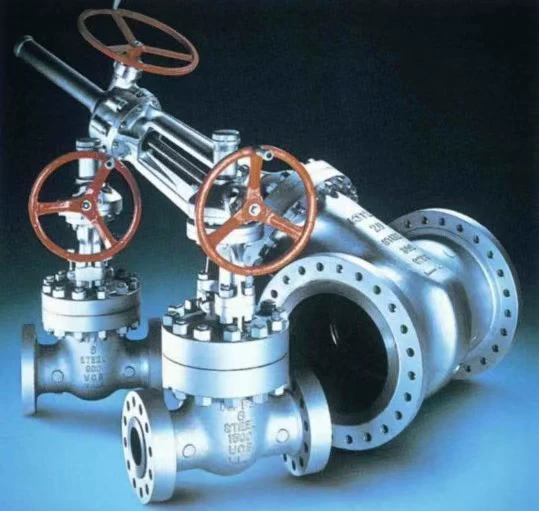
As a China high pressure dual plate check valve manufacturer, we know that proper valve installation is essential for ensuring product performance, safety, and durability. Below are 20 critical tips for installing valves correctly:
1. Clean and Check Before Installation
Ensure the valve cavity and sealing surfaces are clean. Tighten all connecting bolts evenly and check whether the packing is compressed properly.
2. Keep the Valve Closed During Installation
Valves should be in the closed position when installed.
3. Vertical Installation for Large Valves
Large gate valves and pneumatic control valves should be installed vertically to prevent the valve core from leaning due to its weight, which can cause leakage.
4. Follow a Standard Installation Process
Always adhere to a correct and standardized installation procedure to ensure consistency and reliability.
5. Ensure Proper Working Position
Install the valve in the allowed working position, ensuring easy maintenance and operation.
6. Match Flow Direction with Valve Markings
For globe valves, the flow direction of the medium should match the arrow on the valve body. For valves requiring strict closure, reverse installation can help achieve a tighter seal.
7. Slightly Open the Valve When Tightening Bolts
When tightening gland bolts, keep the valve slightly open to avoid damaging the sealing surface.
8. Perform Cold Tests on Cryogenic Valves
Cryogenic valves should be tested in a cold state before installation to ensure smooth operation without jamming.
9. Install Liquid Valves at an Angle
Install liquid valves with the stem inclined at a 10° angle from horizontal to prevent leakage along the stem.
10. Pre-tighten Flanges for Air Separation Towers
For large air separation towers, pre-tighten valve flanges once at low temperature after cooling to prevent leaks during operation.
11. Do Not Use the Valve Stem as Support
Never climb on or use the valve stem as a scaffold during installation.
12. Re-test After Positioning
Once all valves are installed, perform another open-close test to confirm smooth operation.
13. Position Valves Before Pipeline Installation
Valves should be fixed before pipe installation. Avoid forcing pipe alignment to prevent residual stress.
14. Handle Non-metallic Valves Carefully
Non-metallic valves can be brittle or low in strength. Avoid excessive force and sudden impacts during operation.
15. Prevent Damage During Handling
Avoid bumps, impacts, and scratches when transporting and installing valves.
16. Avoid Over-tightening Packing on New Valves
For new valves, do not compress the packing too tightly; tighten just enough to prevent leakage.
17. Confirm Standards and Requirements
Ensure the valve meets design requirements and relevant industry standards before installation.
18. Clean the Pipeline Before Installation
Remove debris such as iron filings from the pipeline to prevent foreign objects from damaging the valve seat.
19. Re-tighten High-Temperature Valves After Heating
Install high-temperature valves at normal temperature. After the system heats up, retighten bolts to avoid leakage.
20. Confirm Flow Direction and Orientation
Before installation, verify the medium flow direction, installation position, and handwheel orientation.
 +86 512 68781993
+86 512 68781993 